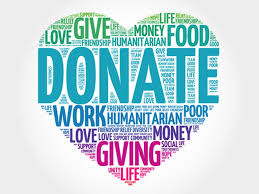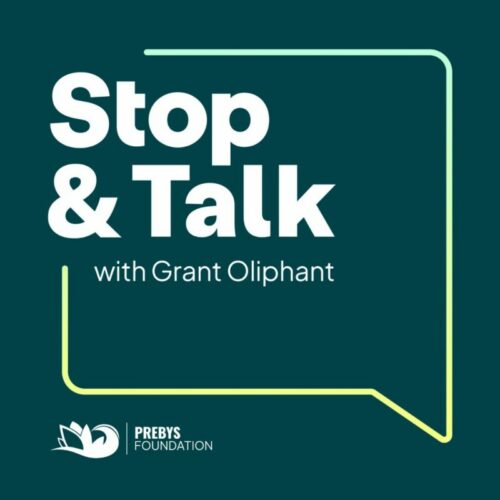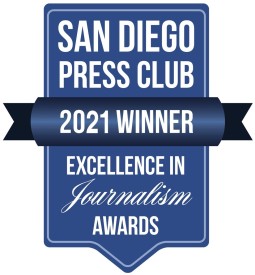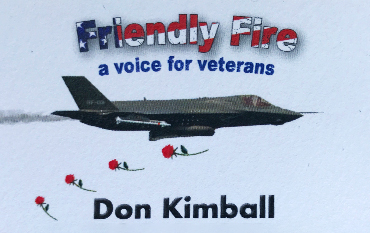JIM MORENO — ACTIVIST, POET
KNSJ sends condolences to the family of Jim Moreno

Jim Moreno’s Biography posted on http://jimpoet.com
Jim Moreno is an Artist-in-Residence…teaching poetry with Arts Education Connection San Diego since 2005. Jim was an original member and coordinator of San Diego’s Langston Hughes Poetry Circle and a board member of the African American Writers & Artists. Moreno was also the director of the Encanto Boys and Girls Club Children’s Poetry Choir and the Language Arts teacher at the All Tribes American Indian Charter School on Rincon Reservation.
Since August of 2005 he has served as the Poet-In-Residence for the Juvenile Court & Community Schools where he teaches poetry workshops for at-risk youth in lockups and community schools and is currently starting a new contract at the Kearny Mesa site with Mid City Community Music.
. 63 of his students have been published in the “Inbetween Places” newsletter, a publication for the homeless. Each of those students were awarded $10.00 for their poetry. 44 of Moreno’s students were published in the San Diego Poetry Annual’s 2015 edition. 6 of his students have won first place awards in a county-wide “Poetry for Peace” contest sponsored by the San Diego Peace Resource Center. Each student was awarded $100.00. Publishing and award monies for his students have added up to over $1500.00 since 2007. One student won first place in a state-wide playwright contest. She wrote the play in her cell in Juvenile Hall. The award winning one-act play was performed in a local theater. She had never seen a play before in her young life.
The 2016-2017 edition of the San Diego Poetry Annual saw 42 of Jim’s incarcerated students have 49 poems published. As the Regional Editor for Native American poetry, Moreno was able to help 14 Indian poets publish 20 poems. Some of those students were enrolled at the All Tribes American Indian Charter School where Moreno first taught Language Arts in 2002. Moreno revisited the school and facilitated a poetry workshop for the students. Jim Moreno was voted the Arts 4 Learning Residency Teacher of the Year for the 2016-2017 school year.
Mr. Moreno has been a guest poetry teacher at St. Elmo’s Village in Los Angeles, the Heman B. Stark Branch of the California Youth Authority, Los Coyotes Reservation, Chula Vista High School, Crawford High School, The Grauer School in Encinitas, The Vista Buddhist Temple, Southwestern College, the Magee Park Poets in Carlsbad, California, the Point Loma Arts Academy, Explorer Charter School, and the CalSAC Statewide Conference. Jim Moreno has been published in City Works, The Langston Hughes Poetry Anthology, The Magee Park Poets Anthology, the poetry conspiracy, Tidepools, The San Diego Poetry Annual, and others.
Jim has performed with The Three Deuces, a three art ensemble with jazz trumpeter Mitch Manker and dancer Michael Tompkins. He authored Dancing in Dissent: Poetry For Activism (Dolphin Calling Press, 2007). As Jim Hornsby he serves on the advisory board of the Poetic Medicine Institute. He recently featured with Institute president John Fox at the Encinitas Library. He co-hosted with painter/poet Jihmye Collins (R.I.P.) of 2nd Sunday Jihmye Poetry, an open mic poetry gathering at the Space Bar Cafe and Wine Bistro at 7454 University Ave., La Mesa, CA 91942 He has read his original verse at poetry venues from Seattle to Orlando. Moreno is a Regional Editor for the 2022-2023 San Diego Poetry Annual. Jim won first place at “The People’s Choice” poetry competition at the San Diego Art Institute in Balboa Park reciting his original poem “Strange Fruit & Other Public Executions” He was competing with 9 other poets.
Moreno states firmly that he is proud to be an adopted member of the Smuwich Chumash tribe. He was adopted by his brother John Moreno, a Chumash elder, painter, storyteller, and singer in a ceremony in the spring of 1995 in Lomita, California. His mother, Rosie (Nani) Moreno was a Tohono O’dham, Pima, Mexican, Irish elder who inspired those around her to sing with life.
Jim’s birth mother, Miriam Hess, was a talented story teller, world traveler, and musician who played the piano and organ. Moreno attributes his writing talent to the storytelling talents of his mother and his two sisters, Barbara and Sheila. “I grew up listening to my mom and my sisters tell great stories during the day, at meals, and at night. I left home at 18 to begin a life of collecting my own stories. That’s what you will find in my poetry.”
Jim Moreno’s 2nd Sunday Jihmye Poetry Open Mic
2nd Sunday is in solidarity with Activist San Diego, The World Beat Center, 100,000 Poets for Change, The San Diego/Tijuana ReEvolutionary Poets Brigade, Black Lives Matter, The New Georgia Project, Seed the Vote, The Border Angels, The Binational Friendship Garden, The Brown Berets, the San Diego Chapter of the Los Angeles Community Literature Initiative publishing numerous people of color, and defenders of the Constitution and the Bill of Rights











